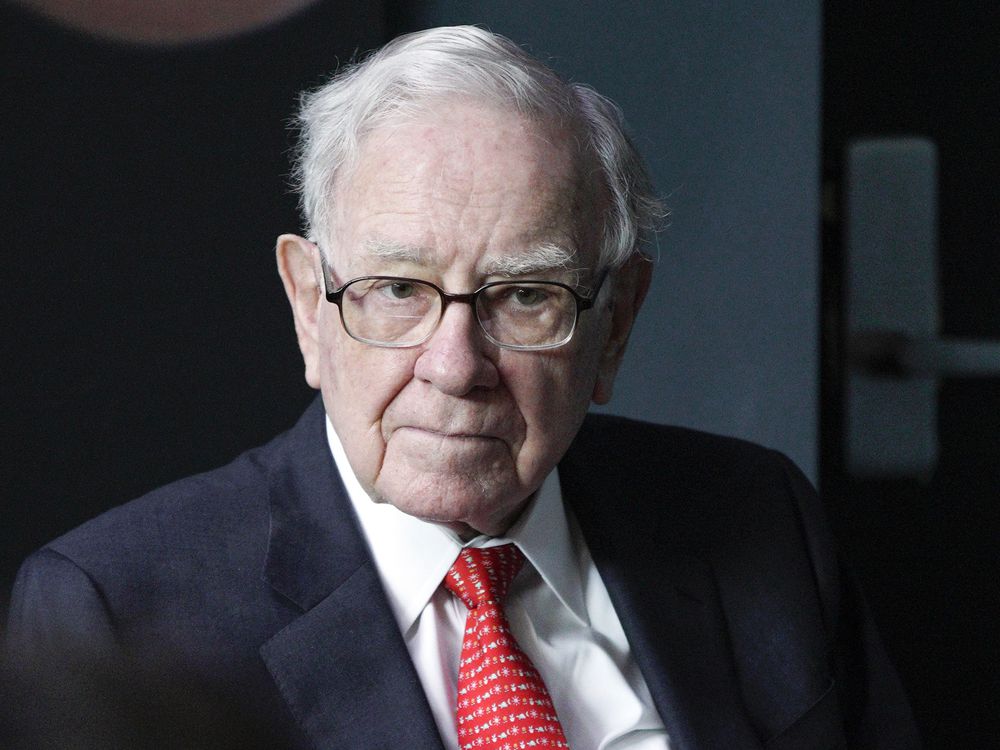
By ELIZABETH AYOOLA of NerdWallet
It has been quite the year. In 2022, we’ve lived through high inflation, stock market lows, housing market frenzies and ongoing Federal Reserve rate hikes. Although we don’t have a crystal ball to predict what will happen to the economy next year, we could use this year’s events as a guide: Things may continue to be rocky.
If homeownership and investing are on your 2023 goals list, here are some questions to ask yourself before whipping out your spreadsheet, money apps or notebooks.
WHAT AM I WILLING TO SACRIFICE IN TERMS OF SPACE?
Whether you have a goal of buying a new home or renting a new place next year, there’s a lot to consider. For instance, 30-year fixed mortgage rates went from an average of 3.45% in January to 6.90% in October thanks to inflation and Fed rate increases. The Fed has already raised interest rates 75 basis points four times this year. This, coupled with housing shortages, has driven the national median price of homes above $400,000 for the first time, according to the National Association of Realtors.
Homeownership may still be an attainable goal, but you might have to make some sacrifices, says Zaneilia Harris, a certified financial planner and president of Harris & Harris Wealth Management Group in Upper Marlboro, Maryland.
“You need to evaluate what you are willing to give up in space in order to own property,” Harris says. “You may have to gradually get to where you want, as opposed to just going straight into a single-family house.”
This could mean starting off with a condo or townhouse and then using the equity from the condo to purchase your next property, Harris says.
HOW CAN I MAKE HOMEOWNERSHIP MORE AFFORDABLE?
Another portal to homeownership Harris recommends is the Neighborhood Assistance Corporation of America, also known as NACA. It’s a mortgage program that allows working people to purchase a home with no down payment, closing costs, fees or stringent credit prerequisites.
Members can also buy their homes at a below-market interest rate. The program is currently in 28 states and the District of Columbia.
Buying a home in 2023 could also be more attainable if you’re willing to get a roomie, says Jocelyn Wright , a CFP and retirement income certified professional at PF Wealth Management Group in Bala Cynwyd, Pennsylvania. This is something she did with her sister in 2017.
“It’s not going to be forever necessarily, but this gave us the opportunity to have our own home, and we can leverage the equity and all of that going forward,” she says.
HOW DIVERSE IS MY PORTFOLIO?
This year hasn’t been the greenest for investors — at the start of December, the S&P 500 was down more than 15% this year. The market’s volatility could understandably make investors unsure about how to move forward. Financial professionals say a diverse portfolio and taking the right amount of risk might be steps in the right direction.
Keep diversification in mind, says Wright. Diversification is when you invest in a variety of assets to manage risk and market volatility. The FTX and BlockFi collapses that happened in November are a reminder about why to avoid investing too heavily in one area.
“Unfortunately, a lot of newer investors were very excited about Bitcoin, crypto, (and) all of that, and forgot those lessons,” Wright says. “You don’t put your short-term money into the market, and those rules always apply.”
Wright considers short-term money to be cash you’ll need in 12 months to three years.
Instead of putting all of your money into the stock market, put the amount you’ll need in the near future into an emergency fund, high-yield savings accounts, a certificate of deposit or short-term fixed-income securities like Treasury bills, says Wright.HOW MUCH RISK CAN I TAKE?
Ask yourself how much risk you’re comfortable taking, says Harris. That depends a lot on your circumstances, but risk isn’t something to be afraid of when you have enough income, an emergency fund and a diverse portfolio, she says. And risk is worth it when you invest for the long term and can reap those long-term rewards.
Harris says younger people who are further away from retirement can and should be willing to take on more risk. Harris, who identifies as Black, also says some people of color have historically been afraid to take on much risk, but she wants them to remember that risk/reward combo as well.
If you haven’t started investing, or stopped investing due to money being tight, remember you can always invest at a pace that feels comfortable for you.
“You have to invest and become comfortable with that, whether that’s biweekly, bimonthly or monthly,” says Harris.
You can always start with lower-risk investments if you want to play it safe. Some include I bonds, money market funds or Treasury-Inflation Protected Securities, also known as TIPS.



















